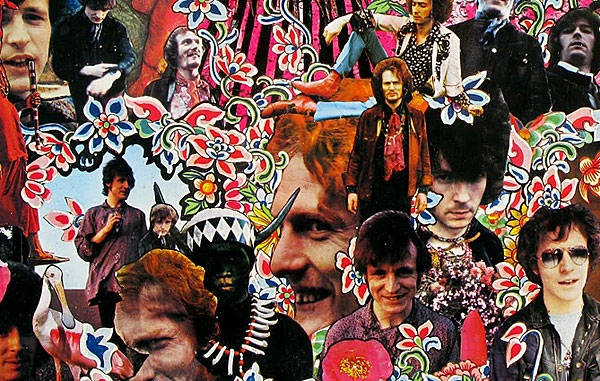| Columns Retired Columns & Blogs |
Not just bandwidth, I declare! If we hadn't changed over to stereo at the time, we might not have had psychedelic music take off in a big way at all.
Altering the soundstage was an important part of altering sonic perception.
I know, 'they were best in mono,' but it was the wild stereo 'imaging' on Beatles albums that helped promote psychedelia.
Creating sonic three dimensional effects went part and parcel with a culture that was creating extra-dimensional effects of all kinds.
Stereo allowed new levels of creativity and experimentation. It really did take people on trips.
Lying on the floor between speakers? Check.
Hearing different sounds from different places in the sound field? Check!
Panning an image? Awesome for someone who's never experienced that in sound reproduction. Even more awesome if someone was altered in other ways.
Loved your As We See It, and raise you two channels!
Cheers!














































